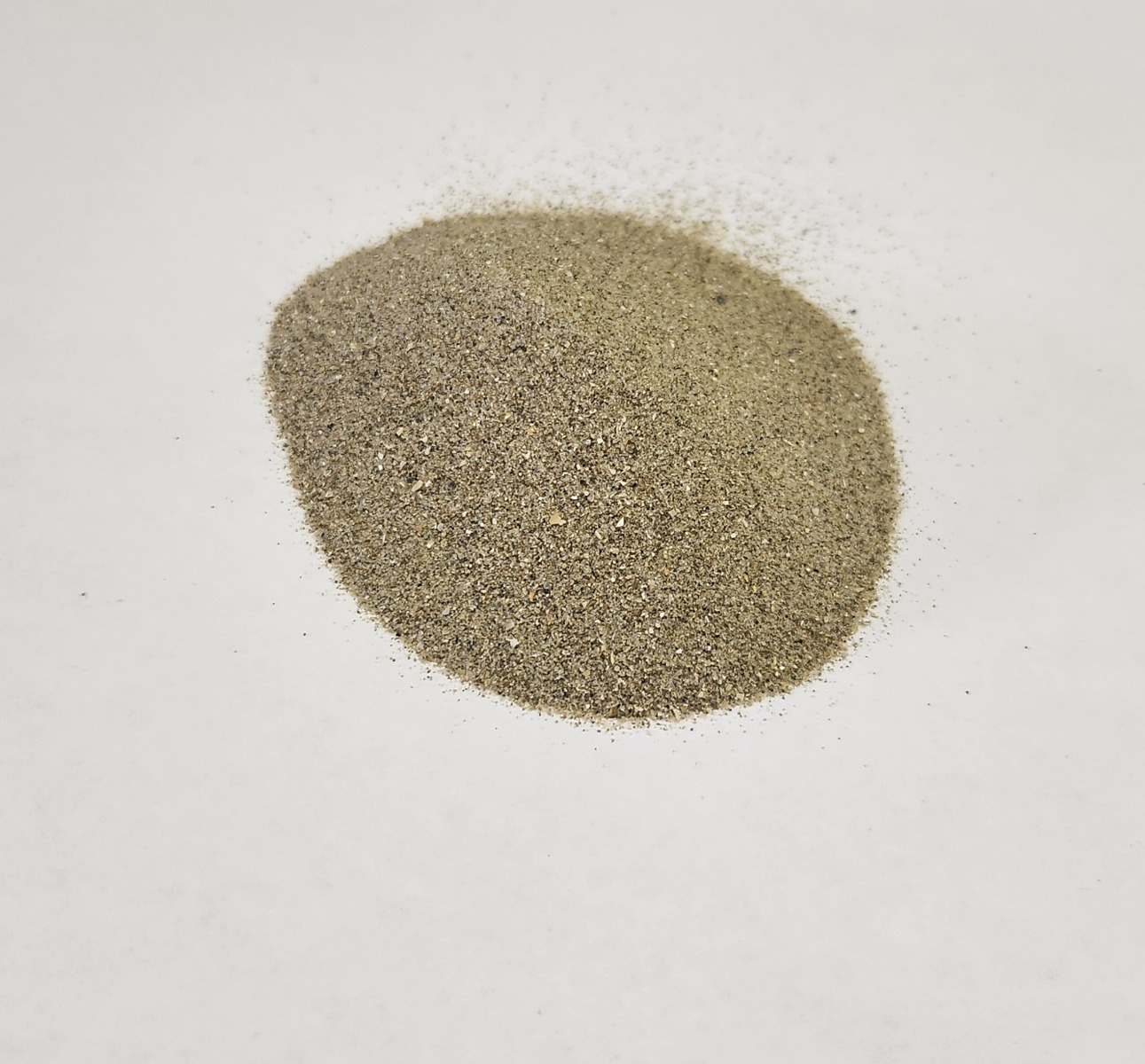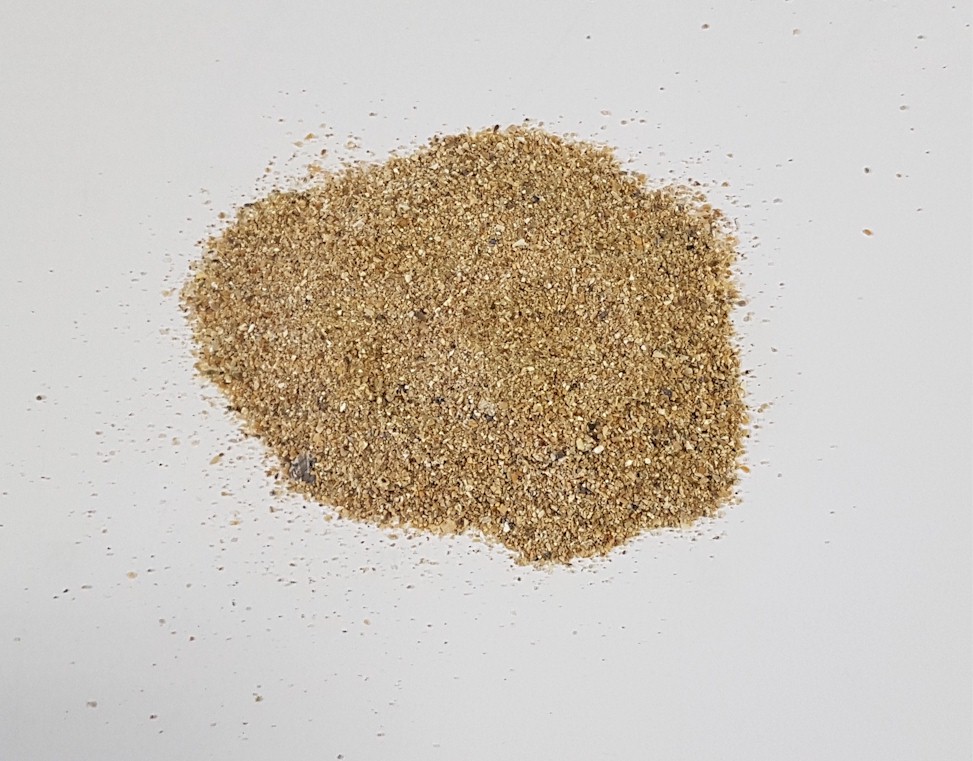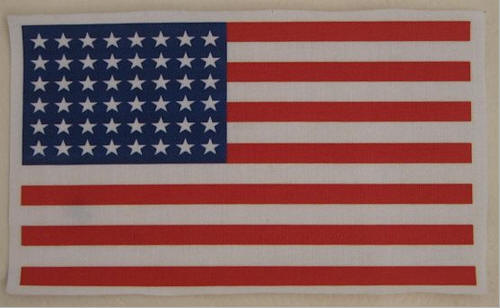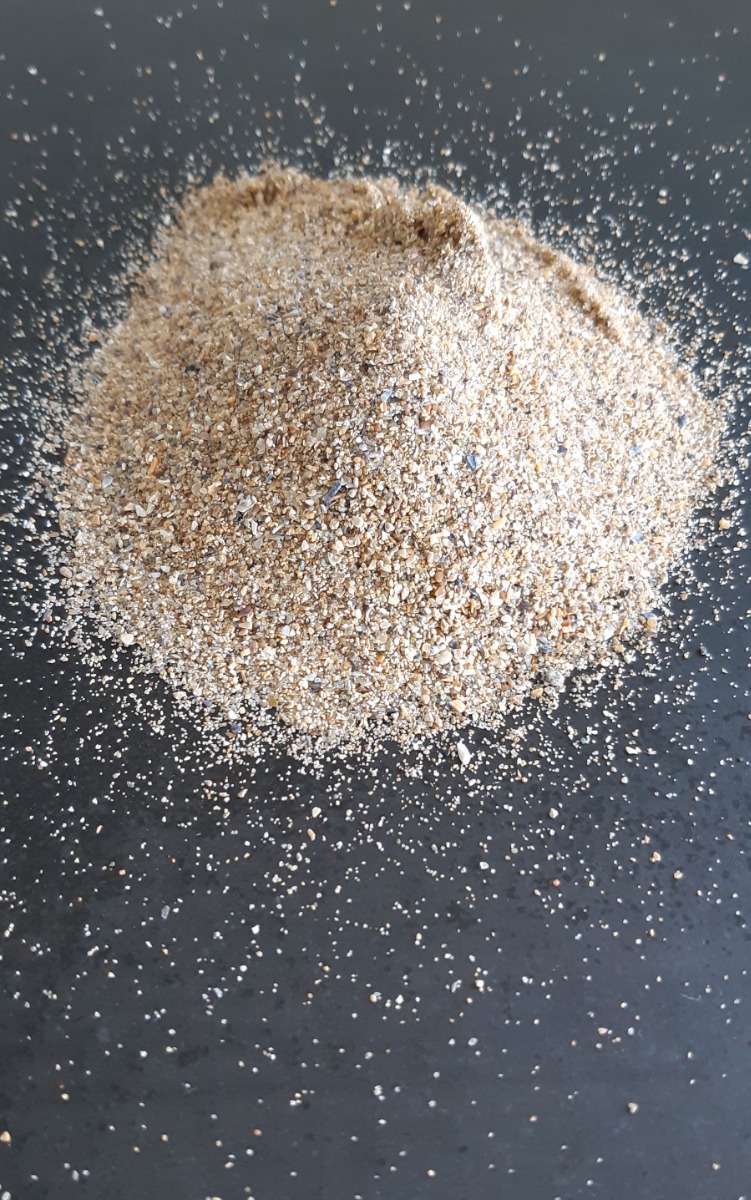GENUINE UTAH BEACH SAND FROM NORMANDY FRANCE
GENUINE UTAH BEACH SAND FROM NORMANDY FRANCE- ORIGINAL
From Berniers Sur Mer, France, Utah Beach.
Also available is sand from Omah Beach and Juno Beach. This would make a great gift for any veteran of the SECOND WORLD WAR or any collector of WWII memorabilia
You receive approximately 50 grams of sand as seen in the picture.
See below article from THE NEW YORKER regarding what has been found in the sands of the Normandy Beaches
War Sand
One of the questions that the Allied command had to resolve before undertaking the liberation of Europe from the Nazis, seventy-one years ago this summer, was whether the sandy beaches of Normandy would support the weight of amphibious landing vehicles and tanks. A map dating back to the Roman era suggested that the area might be underlain by soft, squishy peat bogs, in which the vehicles would surely sink. So, in early 1943, the Allies dispatched a team of engineers to perform a geological survey of the area. They came at night in a so-called midget submarine, swimming the final distance with their cumbersome gear—sidearms, sample tubes, augur screws, waterproof writing pads, flasks of brandy. When they ran out of containers to hold the sand samples, they used condoms, dodging German sentries and spotlights all the while.
As it turned out, of course, the ground was firm enough to support the D Day landings of June 6th, 1944. But the operation itself changed the geological character of five stretches of beach—those code-named Utah, Omaha, Gold, Juno, and Sword. As part of his ongoing project “War Sand,” the photographer Donald Weber, in partnership with a Queen’s University physics professor named Kevin Robbie, has been making microscopic images of the soil from each place. Like the Allied engineers, Weber began his study by taking samples.
There are clear traces of the landings still in the sand, including tiny pieces of shrapnel and nearly perfect spheres of iron and glass, flash-melted in explosions and quickly hardened again. In some parts of the Normandy coast, they are the only physical reminders of the war. In another hundred years, they will likely be gone.
| SKU | A846B |
|---|---|
| Weight | 0.050000 |





